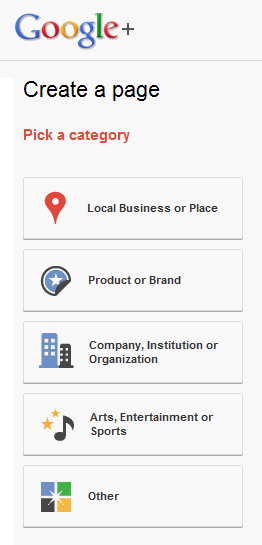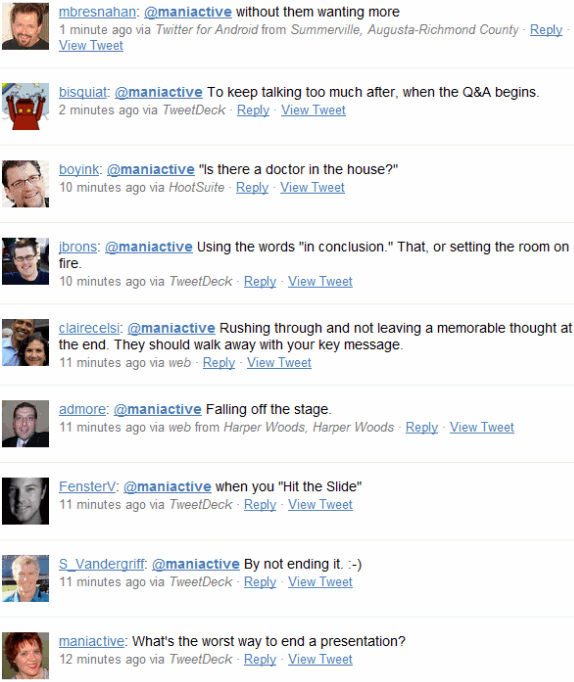I’m not a sports fan. There! I’ve said it! However, I know that appreciating sports is a big part of international culture.
To this extent, I am mildly conversant in the language of sports. While I don’t enter into sports-related conversations with any depth or passion, I can listen. I can value the enthusiasm of those who do. I can ask questions, and often receive lengthy and fervent responses from people who genuinely love their sport!
 Photo credit: Axel Bührmann
Photo credit: Axel Bührmann
I don’t try to fake a sports-passion I don’t feel. But there’s one feeling I don’t have to fake — I genuinely admire the passion of others.
I empathize with fans when I hear cheers over a gain — or groans over a missed goal or bad call. I smile at the smack-talk and bravado of my friends who are earnest sports fans.
Perhaps there’s a major cultural topic where you feel similarly. For example, you may not be a fan of Reality TV, Twitter, Hip Hop Music, Smart Phones, or vampires. Yet, when you recognize that these are major interests in our cultural landscape — you might choose to learn a little bit about these topics by asking questions and showing interest when you encounter friends and family who are fans.
You may never fully treasure the topic of a fan’s ardor. You may never be a convert. But as a sentient human, you probably feel moved by their spirit and enthusiasm. You can feel your creative juices bubble when you let your brain and soul attempt to connect with another’s exuberance.
That’s one reason why ignoring major cultural movements is a tragedy. When people dismiss the major interests of others in their culture, they risk becoming socially tone-deaf. They fall into a creative slump. By failing to listen and ask questions, they can’t seem to appreciate new language as it evolves. They don’t seem to know what people are talking about. They seem woefully out of the loop of social and cultural evolution.
They start sounding and looking old. They create work that seems sad and antiquated. Out of touch. Or even culturally insensitive.
If the term “socially tone-deaf” seems callous to people who are actually tone-deaf, I apologize. Truly tone-deaf people are those who are unable to appreciate music. Similarly, the socially tone-deaf seem unable to value the culture and society that thrives all around them.
You’ll often hear the socially tone-deaf say culturally ignorant things like:
- “I don’t understand all this fuss about the World Cup. It’s stupid.”
- “Who is this Justin Beaver guy that all the girls love? It’s stupid.”
- “I don’t get Twitter and FaceBook and blogs. They’re stupid.”
- “Let’s get some intern to manage our Social Media. It’s stupid.”
There’s a whole lot of “stupid” in conversations with the socially tone deaf.
The next time you hear a major cultural phenomenon described as “stupid” or “crazy” — please stop to consider whether the person speaking those epithets might be socially tone deaf. Sometimes, I am moved to remind such a person that while they may be unable to appreciate a popular topic, it’s important to consider that other people around them do. Trying to empathize with another’s interest may open their ears to a whole new language.
Being connected means more than being online. It means caring enough about others to listen and ask questions. It means being able to understand a little inside joke — or maybe even crack one. It means being able to extend and add to a conversation.
The next time a business person asks you, “Why should I get my business involved with social media?” — perhaps it’s time to stop quoting facts and figures about the sheer numbers of people who are involved in these online activities.
Instead, perhaps it’s now time to say,
“Because if you don’t care enough to listen to your customers, you’re not going to be in business much longer.”
Is it time for this kind of tough-talk yet? Or is it still too soon?
How else can you help the socially tone-deaf more fully appreciate what others all around them can easily hear?
What can you hear all around you that others may not? How can you help them hear?









